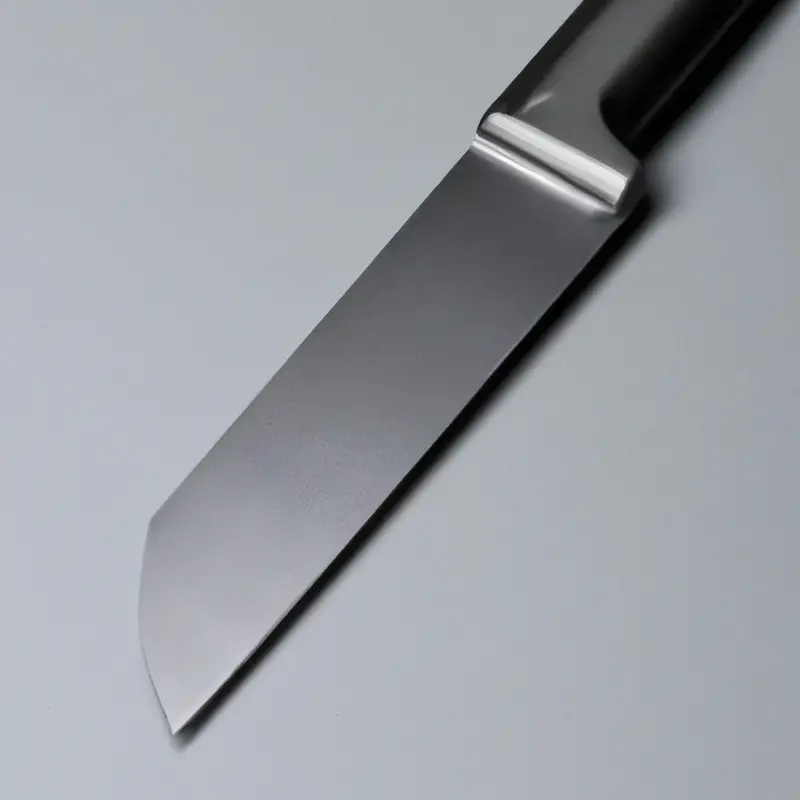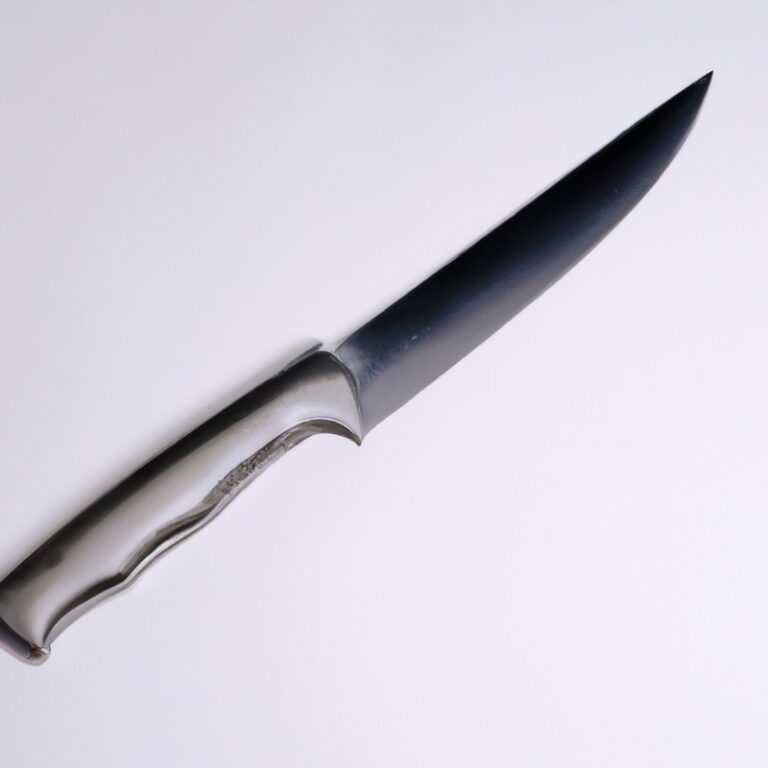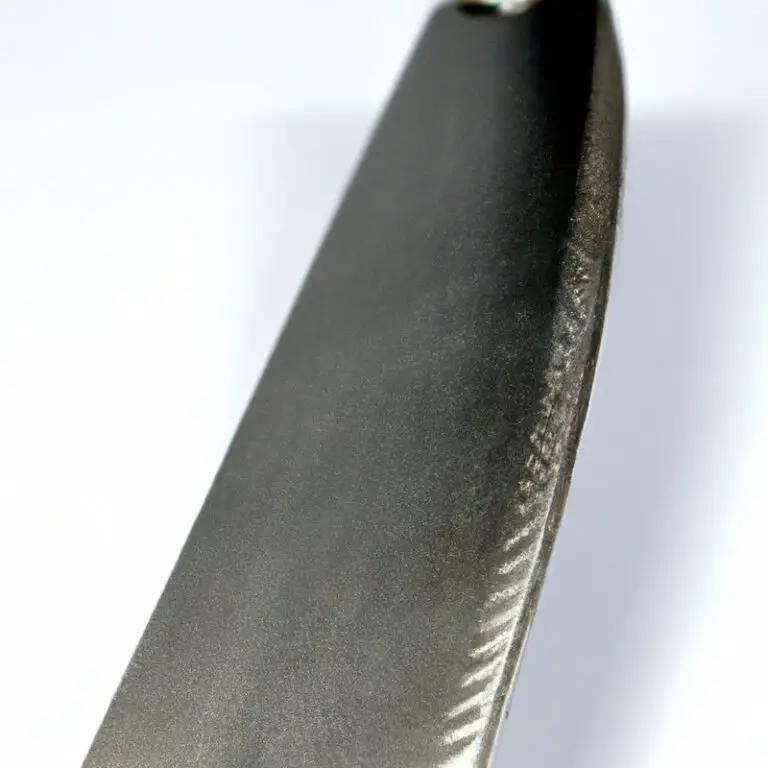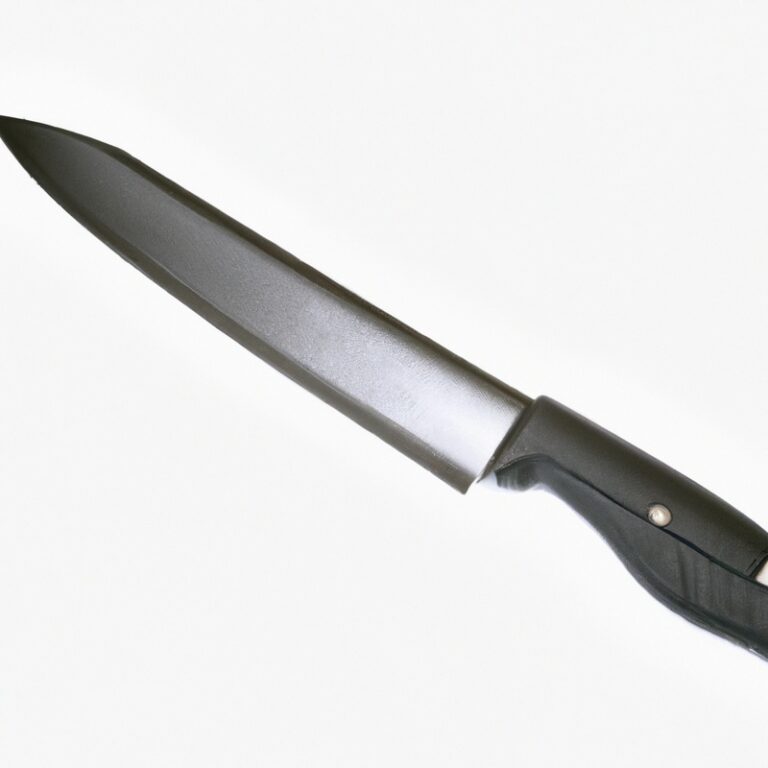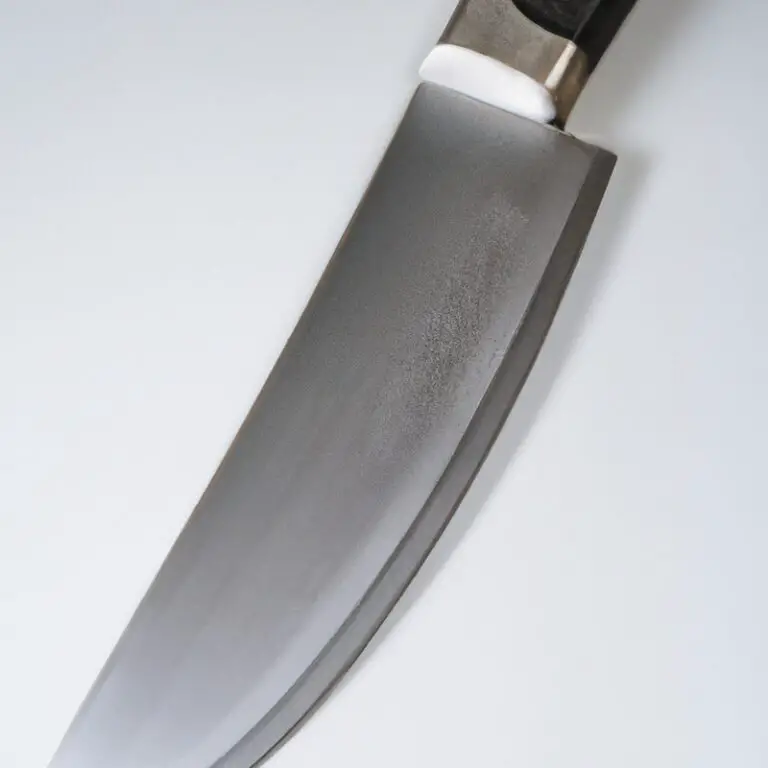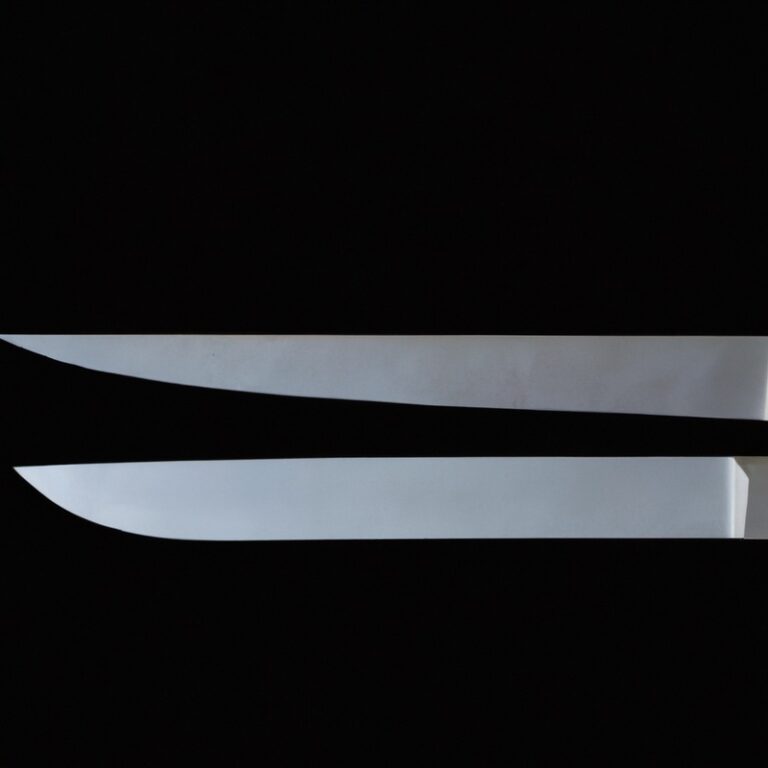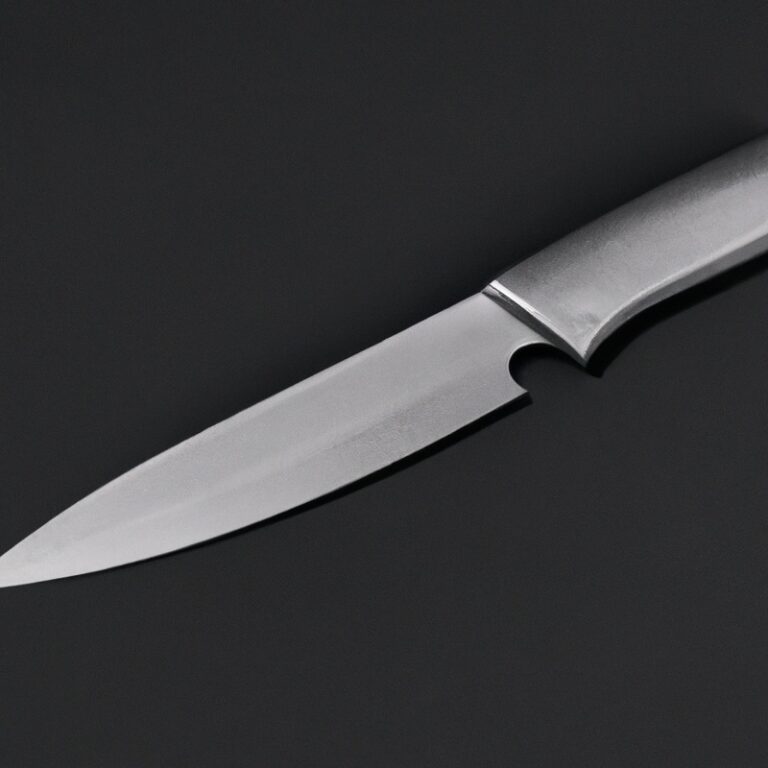How Can I Achieve Thin And Even Slices Of Roast Turkey Using a Serrated Knife?
Key Takeaways:
- Use a sharp serrated knife to achieve thin and even slices of roast turkey.
- Let the turkey rest for a few minutes before slicing to improve the slicing process.
- Use long, smooth strokes and apply gentle pressure while slicing the turkey.
- Practice and experience are key to mastering the art of achieving thin and even slices of roast turkey.
Are you tired of ending up with uneven, thick slices of roast turkey that just don’t quite hit the mark? Well, fear not! I’m here to share my expertise on achieving those thin and even slices you’ve been dreaming of, all thanks to one essential tool: the serrated knife.
In this blog, I’ll guide you through the steps to achieve turkey-slicing perfection.
From choosing the right serrated knife to mastering the slicing technique, we’ll cover it all. Stay tuned for troubleshooting tips and presentation suggestions too! Get ready to impress your guests this holiday season with picture-perfect slices of roast turkey.
Step 1: Choosing the right serrated knife
Understanding the characteristics of a serrated knife
A serrated knife is characterized by its saw-like edge, with small, jagged teeth along the blade. These teeth allow the knife to grip and cut through tough surfaces, such as the crispy skin of a roast turkey, without tearing or squishing the meat.
The serrations create friction and provide more control during slicing, making it easier to achieve thin, even slices.
The length and thickness of a serrated knife can vary, but a longer blade is usually more versatile for slicing through larger cuts of meat. It’s also important to choose a knife with a comfortable handle for better control and maneuverability.
Selecting the appropriate length and thickness
When choosing a serrated knife for slicing roast turkey, selecting the appropriate length and thickness is key. For length, a knife with a blade of around 10-12 inches works well for most turkeys.
This length allows for easier maneuverability and control while slicing.
In terms of thickness, a serrated knife with a thicker blade provides better stability and durability when cutting through the meat. Look for a knife with a blade thickness of at least 2mm.
These factors will ensure that you achieve thin and even slices of roast turkey effortlessly.
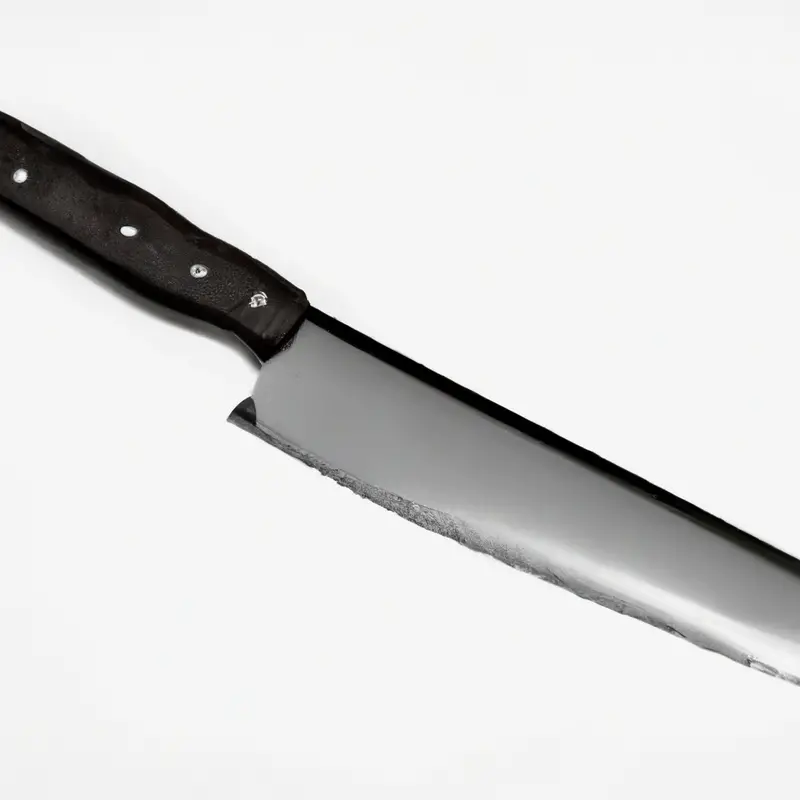
Step 2: Preparing the roast turkey
Letting the turkey rest before slicing
Letting the turkey rest before slicing is an important step that many people overlook. When you take the turkey out of the oven, it’s crucial to let it rest for about 20-30 minutes.
This allows the juices to redistribute, resulting in a moist and flavorful turkey.
During this time, cover the turkey with foil to keep it warm. Resting also makes it easier to slice the turkey evenly, as it firms up slightly.
So, be patient and give your turkey the time it needs to rest before carving.
Your efforts will be rewarded with juicy and delicious slices of turkey.
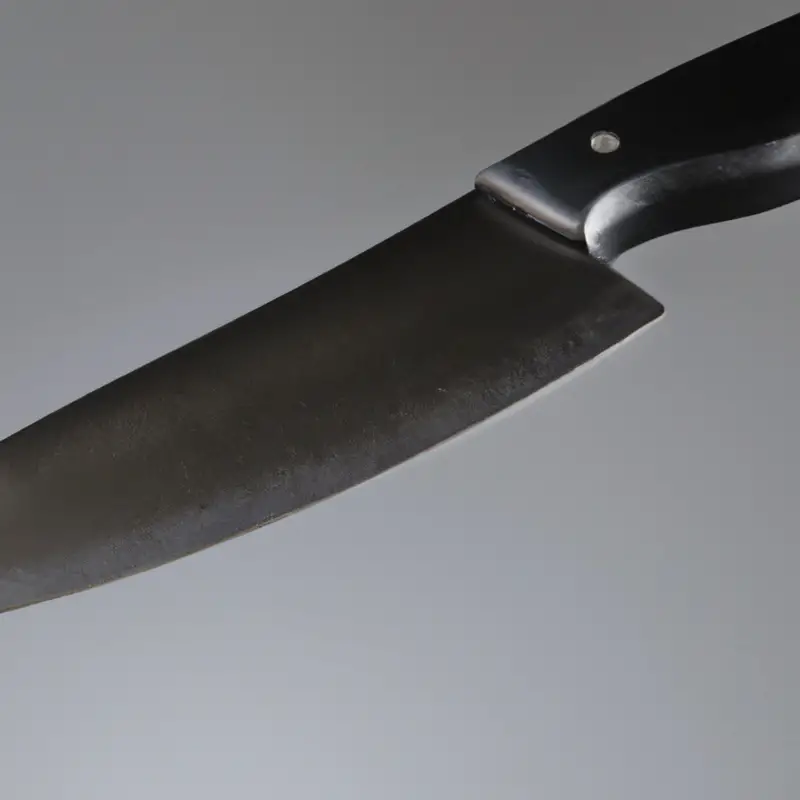
Trimming excess fat and skin
To trim excess fat and skin from your roast turkey, start by allowing the turkey to cool slightly. Gently remove any visible fat using a sharp knife or kitchen shears.
Be careful not to cut into the meat.
Next, carefully peel back the skin from the breast and legs, using your fingers or a small knife. Trim away any excess fat or skin, leaving a thin layer for flavor.
This will help create a more even and appetizing appearance for your sliced turkey.
Positioning the turkey for slicing
To achieve thin and even slices of roast turkey, the positioning of the turkey is essential. Here’s how you can position it for slicing:
- Place the roasted turkey on a clean cutting board or platter.
- Make sure the turkey is stable and won’t slip while you’re slicing. You can use a towel or a non-slip mat underneath for added grip.
- Begin slicing from the breast side of the turkey, where the meat is usually juicier and tender.
- Use a fork or carving fork to hold the turkey steady while slicing.
- Start cutting parallel to the breastbone, moving horizontally across the turkey, and gradually make your way down to the thigh and drumstick area.
- Continue slicing the turkey in thin and even slices, adjusting your positioning as needed for different sections of the bird.
- Remember to let the slices fall onto the cutting board or serving platter as you cut, rather than trying to catch them in the air.
Step 3: Mastering the slicing technique
Grip and positioning of the serrated knife
To achieve thin and even slices of roast turkey using a serrated knife, the grip and positioning of the knife are important factors. I recommend holding the handle firmly with your dominant hand, ensuring a comfortable grip.
Place your index finger along the top side of the blade for better control and stability.
Position the knife at a slight angle to the turkey, starting at the thicker end. Apply gentle pressure while slicing through the meat in a smooth and consistent motion.
Remember to maintain a steady hand and maintain the same angle throughout for even slices.
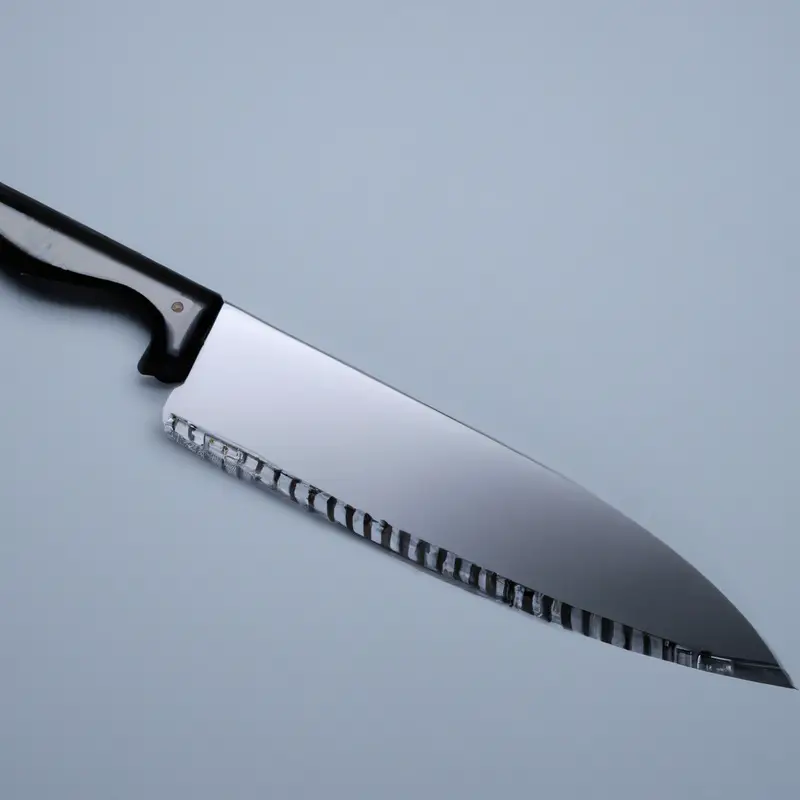
Applying gentle even pressure while slicing
When slicing roast turkey with a serrated knife, it is important to apply gentle even pressure. This will help you achieve thin and even slices.
To do this, start by holding the knife firmly but not too tightly.
Place the blade against the turkey and slowly move it back and forth in a sawing motion. Avoid pressing down too hard as this can result in uneven slices or tearing the meat.
By applying gentle even pressure, you’ll be able to create beautiful slices for your roast turkey.
Maintaining a consistent angle and speed
When slicing your roast turkey with a serrated knife, maintaining a consistent angle and speed is key to achieving thin and even slices. To do this, hold the knife at a slight angle as you slice through the meat, making sure to keep the angle consistent throughout.
This will allow the serrated edge to cut smoothly and prevent tearing.
Additionally, maintain a steady speed while slicing to ensure uniform thickness and minimize any unevenness. By practicing this technique, you’ll be able to create beautifully sliced turkey that’s perfect for serving.
Step 4: Troubleshooting tips
Dealing with tough or overly cooked turkey
Dealing with tough or overly cooked turkey can be a bit challenging, but don’t worry, I’ve got some tips to help you out. First, try using a sharp serrated knife to slice through the meat.
This will make it easier to cut through the tough texture.
Secondly, consider using a meat tenderizer to soften the turkey before slicing. This can help break down the fibers and make it more tender.
Lastly, try slicing the turkey against the grain, which will make the meat easier to chew.
Just remember to take your time and be patient when dealing with tough or overly cooked turkey.
Slicing the turkey breast separately
When slicing the turkey breast separately, start by removing it from the rest of the turkey. Place the breast on a cutting board and use a sharp serrated knife to cut thin, even slices.
Begin at one end and work your way across, using smooth, controlled motions.
Remember to maintain a consistent angle and speed for uniform slices. This method allows you to control the thickness of each slice and ensures even cooking and serving.
Enjoy your perfectly sliced turkey breast!
Step 5: Presentation and serving suggestions
Arranging the thin and even turkey slices on a platter
To arrange the thin and even turkey slices on a platter, start by selecting a large, flat platter that can accommodate the slices without overlapping. Lay a bed of fresh greens or herbs on the platter to add color and enhance presentation.
Next, arrange the slices in a single layer, overlapping slightly if desired, starting from one end of the platter and working your way across.
Try to keep the slices as uniform as possible to create an appealing visual effect. If you have different cuts of turkey, such as breast and thigh, you can arrange them separately to showcase the different flavors and textures.
Lastly, you can garnish the platter with additional herbs or fruits to add a touch of freshness and visual appeal.
Enjoy serving your beautifully arranged, thin, and even turkey slices to your guests!
Importance of proper carving technique for aesthetic appeal
Proper carving technique is essential for achieving an aesthetically appealing presentation of your roast turkey. When you carve the turkey with precision and skill, it results in thin and even slices that look visually pleasing on the serving platter.
By using a sharp serrated knife and following the correct slicing technique, you can create slices that are uniform in size and thickness.
This attention to detail enhances the overall appearance of the turkey and makes it more appetizing to your guests. So, take your time and carve the turkey carefully to wow your family and friends with a beautifully presented dish.
Final Verdict
Achieving thin and even slices of roast turkey using a serrated knife is a skill that can be mastered with the right technique and considerations. By choosing the right serrated knife, preparing the turkey correctly, mastering the slicing technique, and following troubleshooting tips, you can create beautiful slices that will impress your guests.
Presentation and serving suggestions also play a vital role in showcasing your culinary skills.
With practice and attention to detail, you can achieve perfect slices every time. So, grab your serrated knife and get ready to carve with confidence!

